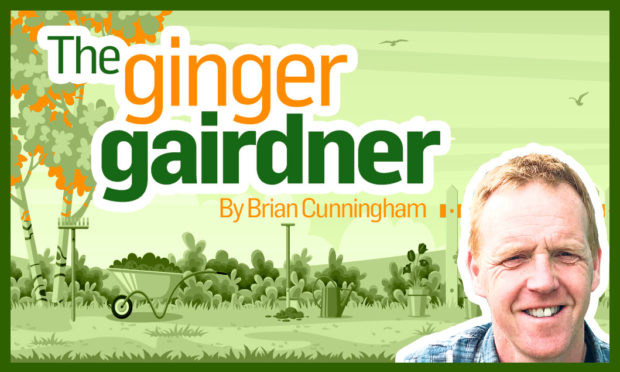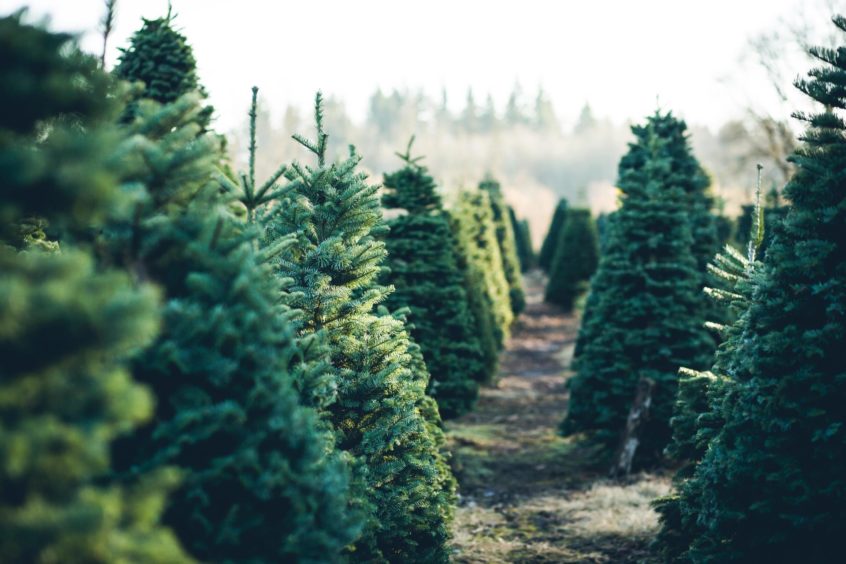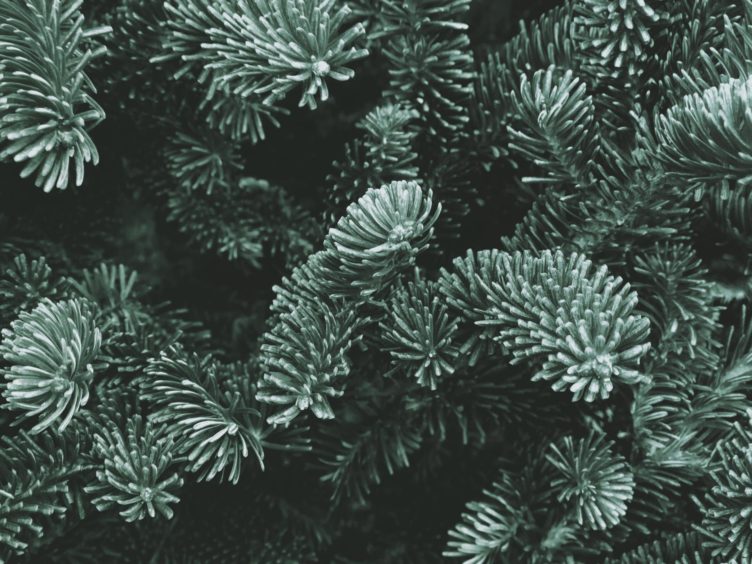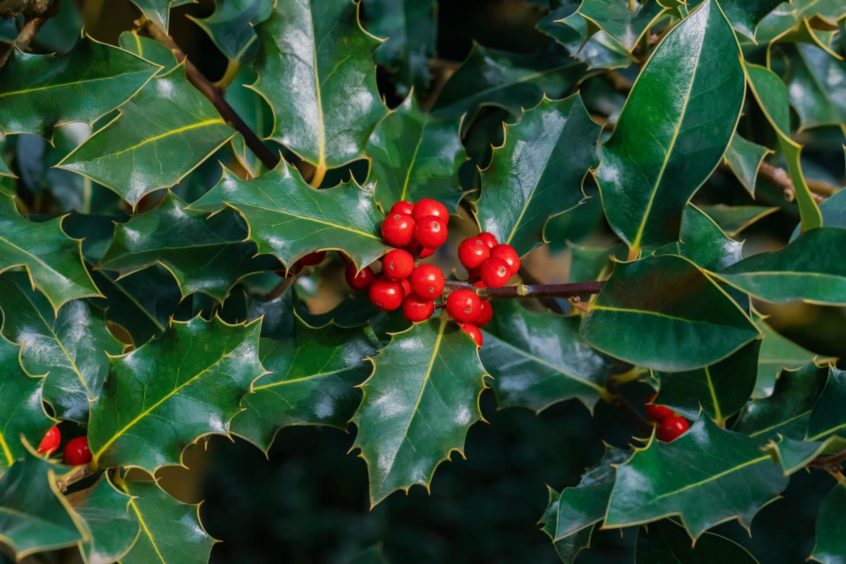Woo hoo it’s Christmas time, mistletoe and wine! After a few glasses, I’m sure there’ll be lots of rockin’ around the Christmas tree.
O Christmas tree how lovely are your branches. Have you decked your halls with boughs of holly? The holly and the ivy? Have you checked if there is a partridge in your pear tree? Don’t worry about the sheep, the shepherds will be watching their Phlox by night!
OK, I slightly stretched the last one but as you can see there’s a few plants associated with the festive season.
Probably the most significant is our Christmas tree. It’s the centre piece of the Christmas display in our homes, it brings the whole family together as to decorate them and most importantly of all, it’s where Santa is going to leave all our lovely presents!
‘Real’ Christmas trees are not just any old conifers but ones grown for their shape, strong limbs and attractive foliage that have needles that are not too sharp and will stay on the tree for as long as possible, avoiding the clogging up of our hoovers. And of course, you can’t beat that natural scent of pine in your living room.
Around six million Christmas trees are bought in Britain every year with the Norway Spruce being one of the most popular and making it one of the most economically important species in Europe. Every Christmas Oslo, the capital of Norway, presents the gift of a tree to Edinburgh, London and Washington as a sign of gratitude for the aid these countries gave during World War II.
Another popular Christmas tree this time from America is the ‘Fraser Fir’, named after the Scottish botanist John Fraser who made numerous botanical collections in the southern United States. It is more of a dark blue-green colour and is often used as the White House Christmas tree.
There are fewer plants that symbolise Christmas more than Holly. To Christians the prickly leaves represent the crown of thorns that Jesus wore when he was crucified, the red berries are drops of blood.
In the garden, it is the female forms of Holly that produce the red, orange or yellow berries needing a male nearby to help pollinate them, although there are a few self-pollinating varieties. The Scottish native Holly, Ilex aquifolium and its forms, are great shrubs for dry shaded areas of the garden but if you have a variegated leaved Holly then this will need some sun. The foliage and berries of either are great for making wreaths but make sure you leave plenty of time for your hands to recover before the big day if making your own.
For the season of peace and goodwill to all men, a bunch of Mistletoe should be hung in the home. Under Norse mythology this was used as a sign of love and friendship, which I guess is where the tradition of having to kiss a great aunt under the Mistletoe came from.
This isn’t a plant as we would normally understand it to be, as mistletoe is actually a parasite and one that requires a host for it to live and grow on. In Britain, most Mistletoe grows in the south west Midlands of England especially in old orchards, being almost completely absent in Scotland.
These are some of the plants that we traditionally associate with Christmas but there is one new kid on the block that each year takes the supermarkets and garden centres by storm, the Poinsettia.
This is grown for its Santa-suit coloured bracts, that also come in shades of pink and white, which make it perfect for a Christmas plant in the home. Hailing from Mexico this may explain why sometimes when we get our plant home and no matter how hard we try to keep it alive, it just wants to wither and die.
Ideally they require a temperature around 18℃ so even short exposure to the cold Scottish air as we take our plants from the shops to the car can be enough to send it into decline. If you do keep a strong plant don’t be too hasty to assign it to the compost bin come January 5. A hard prune and re-pot in April followed by a regime of 12 hours of light and 12 hours of complete darkness in November to initiate the colouring up of the bracts, will give you a bigger, stronger plant the following year.
Although things may be sparse at this time of year as you can see there’s still plenty from the garden for us to enjoy. And it doesn’t finish there, as the full brunt of winter approaches and we look forward to the New Year I’ll be singing Let it snow, let it snow, let it snowdrop…
Weekend job
I love how today it’s not just traditional holly we use to make wreaths but a variety of plants which can be found growing in our own garden. Your local florist may be able to supply you with a wreath ring and wire, wrapping with moss from your own lawn. Conifer, eucalyptus and osmanthus foliage all make nice alternatives, skimmia and Viburnum tinus even better as they are in flower. Twist stems together of birch and coloured dogwoods for something more rustic, decorating with pine cones you can go hunting for with the kids!













